Sony LinkBuds S vs LinkBuds: which Sony wireless earbuds are better?
The differences between Sony's two 'ambient' wireless earbuds
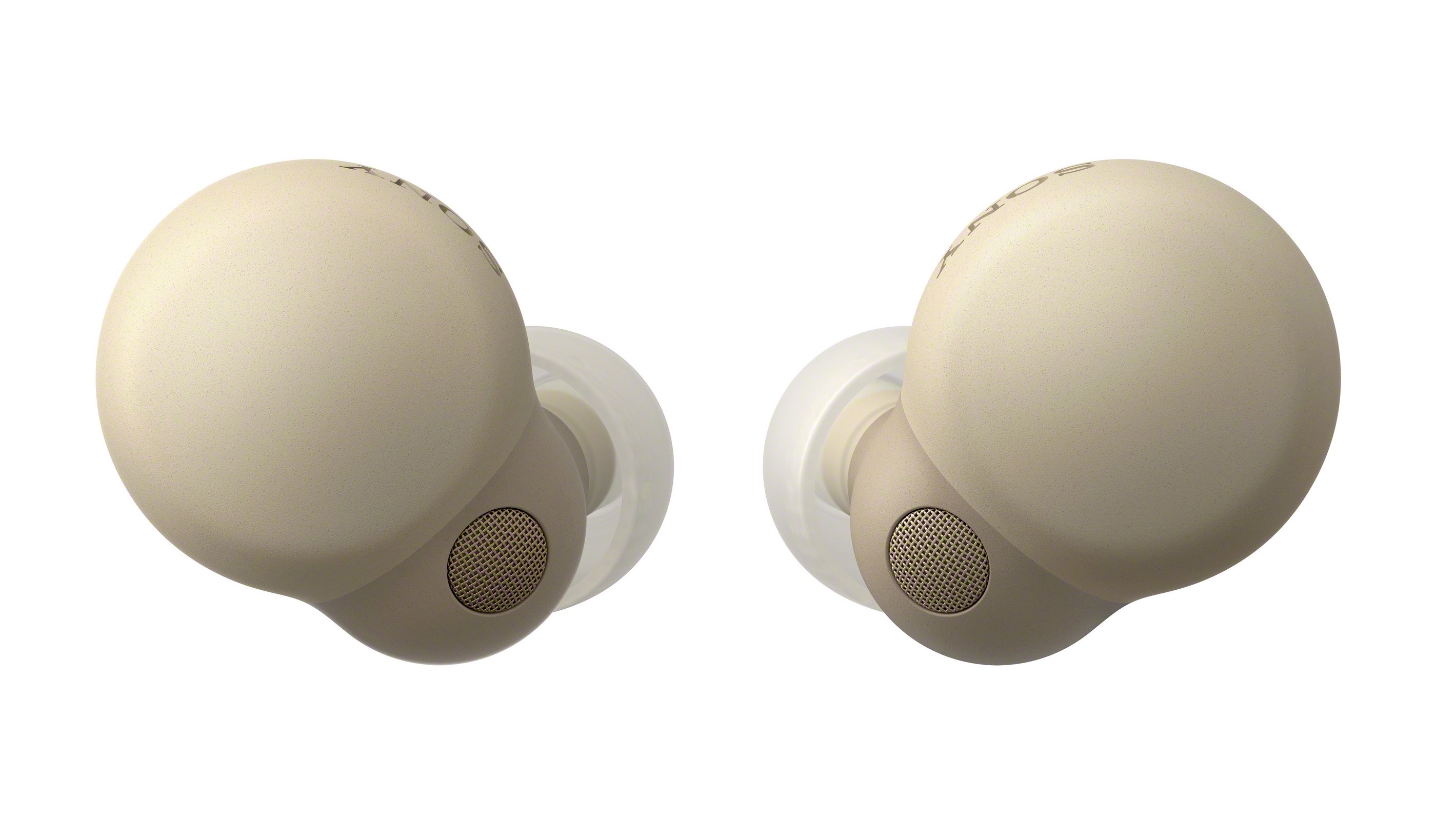
We finished our recent Sony LinkBuds review with the line, "we’re really excited to see where Sony takes the idea in the future". Well, it turns out we didn't have to wait long – just three months on, Sony has already launched a new pair, the LinkBuds S.
The 'S' variant arrive as the more premium model of the two, with noise cancellation, a traditional closed-back design and a greater number of features. So how do they size up against the originals, and should either pair be the next true wireless earbuds in your pocket?
Sony LinkBuds S vs LinkBuds: price
The original LinkBuds landed with an RRP of £150 ($180, AU$300). That's decidedly mid-market – nowhere near the priciest wireless earbuds around (such as Sony's own WF-1000XM4 and the Sennheiser Momentum True Wireless 3) but more expensive than the more affordable crop (of which the Panasonic RZ-S500W standout).
The new LinkBuds S are a similar proposition in terms of price. At £180 ($199, AU$350), they're a little pricier than the originals but not by a huge amount. They're still considerably cheaper than the class-leading Sony XM4.
But as we'll see, the LinkBuds S share plenty in common with the XM4...
Sony LinkBuds S vs LinkBuds: design
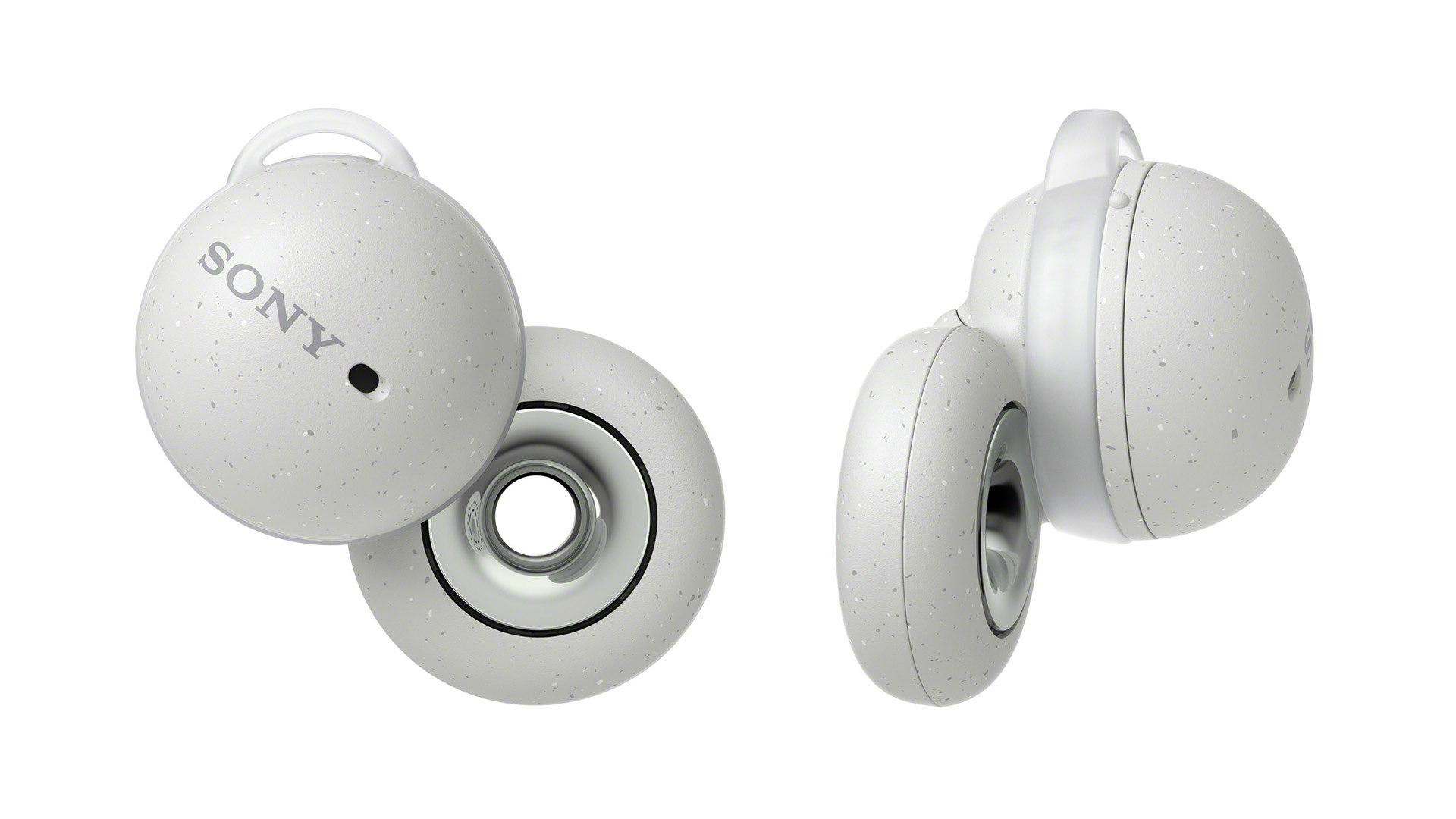
The original LinkBuds made waves because they did something genuinely new. While most wireless earbuds look to plug up your ear and block out background noise, the LinkBuds take the opposite approach, letting in outside sound and allowing it to mingle with your music. The idea is that being more aware of your surroundings is safer – you'll hear, for example, approaching cars. It is also less intrusive, as you won't have to take the earbuds out to talk to someone.
This new approach demanded a new design away from the typical eartip method. In place of an ear tip protruding form the earbuds, the LinkBuds have a circular section with a hole in the middle – a bit like a donut. This is the 12mm ring driver, designed to slide into the bottom part of your ear from where it fires music out into your ear’s opening.
The LinkBuds S do away with this in favour of a more traditional closed-back earbud. The ear tips are back, but they still let in outside noise courtesy of a vent and some clever microphone tech.
They're not as eye-catching as the original LinkBuds, but they do come in more colours: black, white and ecru (a sort of beige).
Sony LinkBuds S vs LinkBuds: comfort
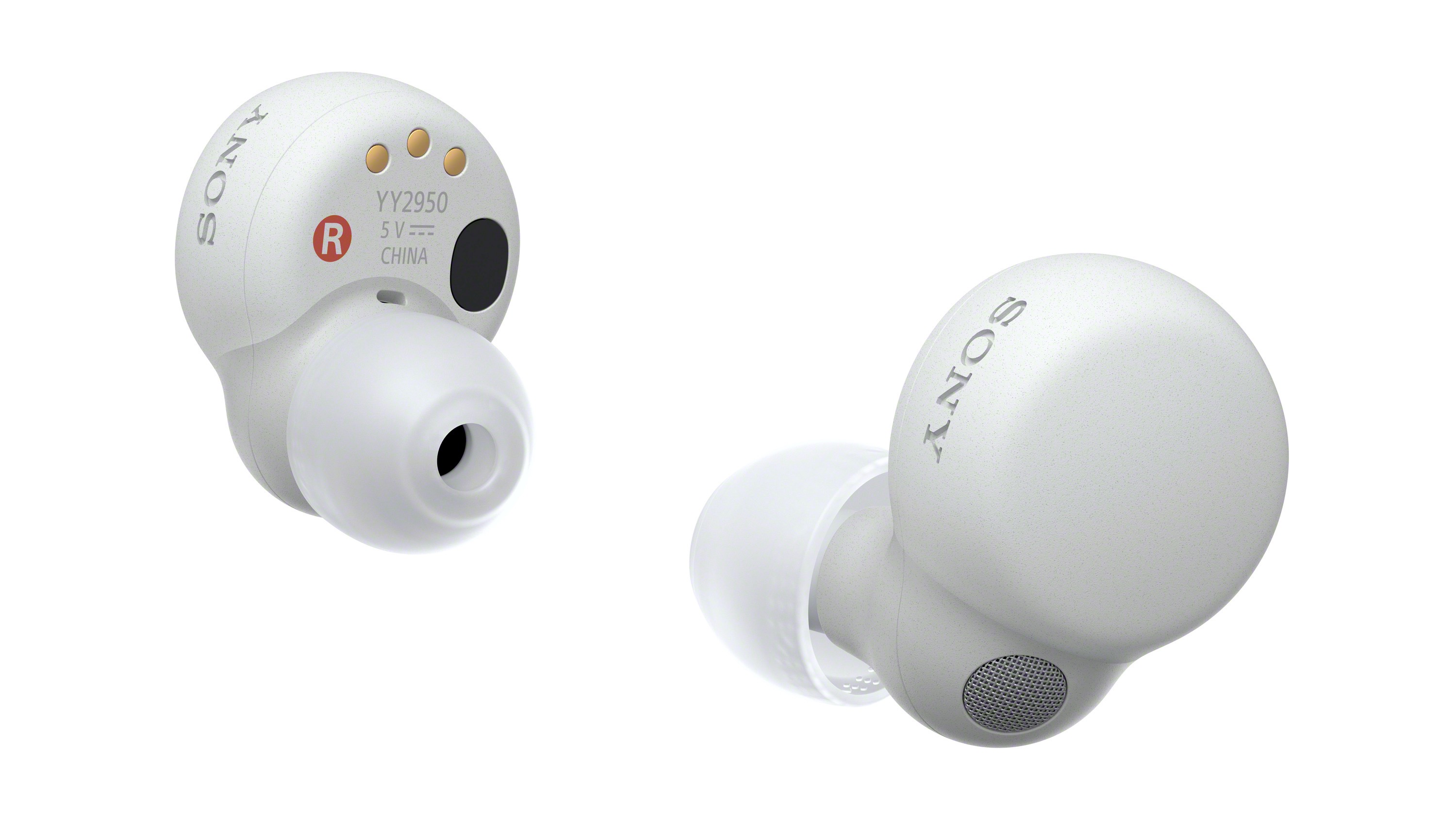
Because they're less intrusive than most wireless earbuds, the LinkBuds have a genuine case for being more comfortable than most. The ring driver rests gently on the ear without digging in, while the bud section nestles neatly in the upper part of your ear, secured in place by a small plastic earloop.
The loops are smaller than the rubber wingtips you get with some rivals, and Sony gives you five different sizes to choose from (XS, S, M, L and XL). If you want to change the size, simply peel the loop away from around the edge of the bud section and replace it with your loop size of choice. It’s a very simple procedure.
Over long listening sessions, we had no real complaints. You can pretty much forget you're wearing them, which is some of the highest praise possible for a pair of wireless earbuds.
We haven't tested the LinkBuds S yet, but they're bound to feel a bit more 'present' in your ear than the LinkBuds do because of their tip. Still, considering they share a lot of the same design heritage as the WF-1000XM4, we have high hopes that they too will be lovely to wear. After all, the XM4 are some of the comfiest earbuds around.
We'll update this page once we've put them through their paces.
Sony LinkBuds S vs LinkBuds: battery life
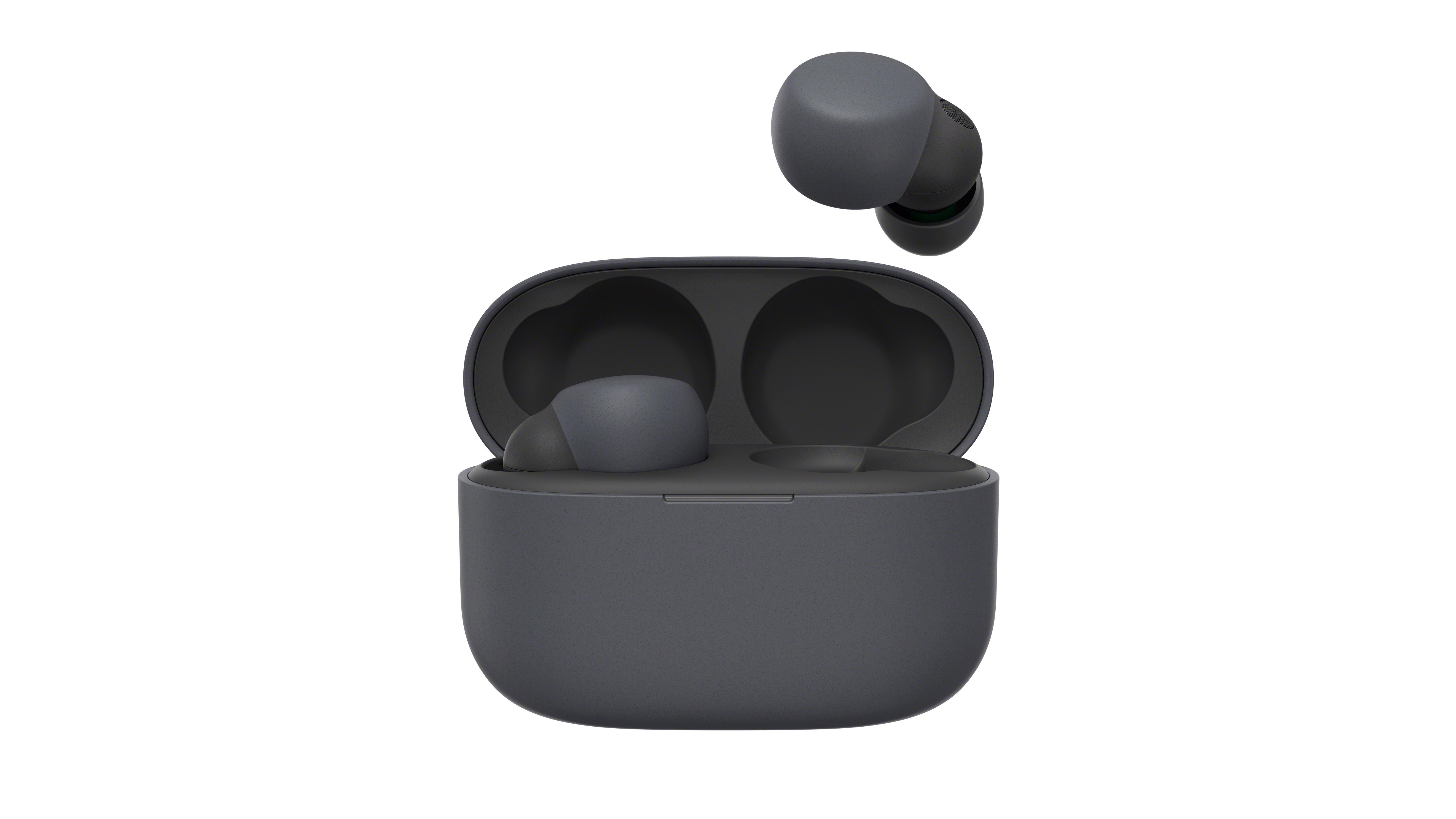
As a mid-market pair of earbuds, the LinkBuds inevitably compromise somewhere, and one of those somewheres is battery life.
The earbuds last for 5.5 hours out of their charging case, which offers a further 12.5 hours before needing a recharge itself. That 18-hour total isn't bad and will certainly be enough for most people. Note that the case also doesn't charge wirelessly, so you'll have to plug it in.
The LinkBuds S improve on this, with the buds holding six hours and the charging case 14 hours, making for a total of 20 hours. That's a pretty decent step up when you consider that durability is with noise cancellation active (the original LinkBuds don't have noise cancellation).
That figure is still four hours shy of the XM4's 24-hour total battery life, but that's partly why the XM4 cost a premium.
Sony LinkBuds S vs LinkBuds: features
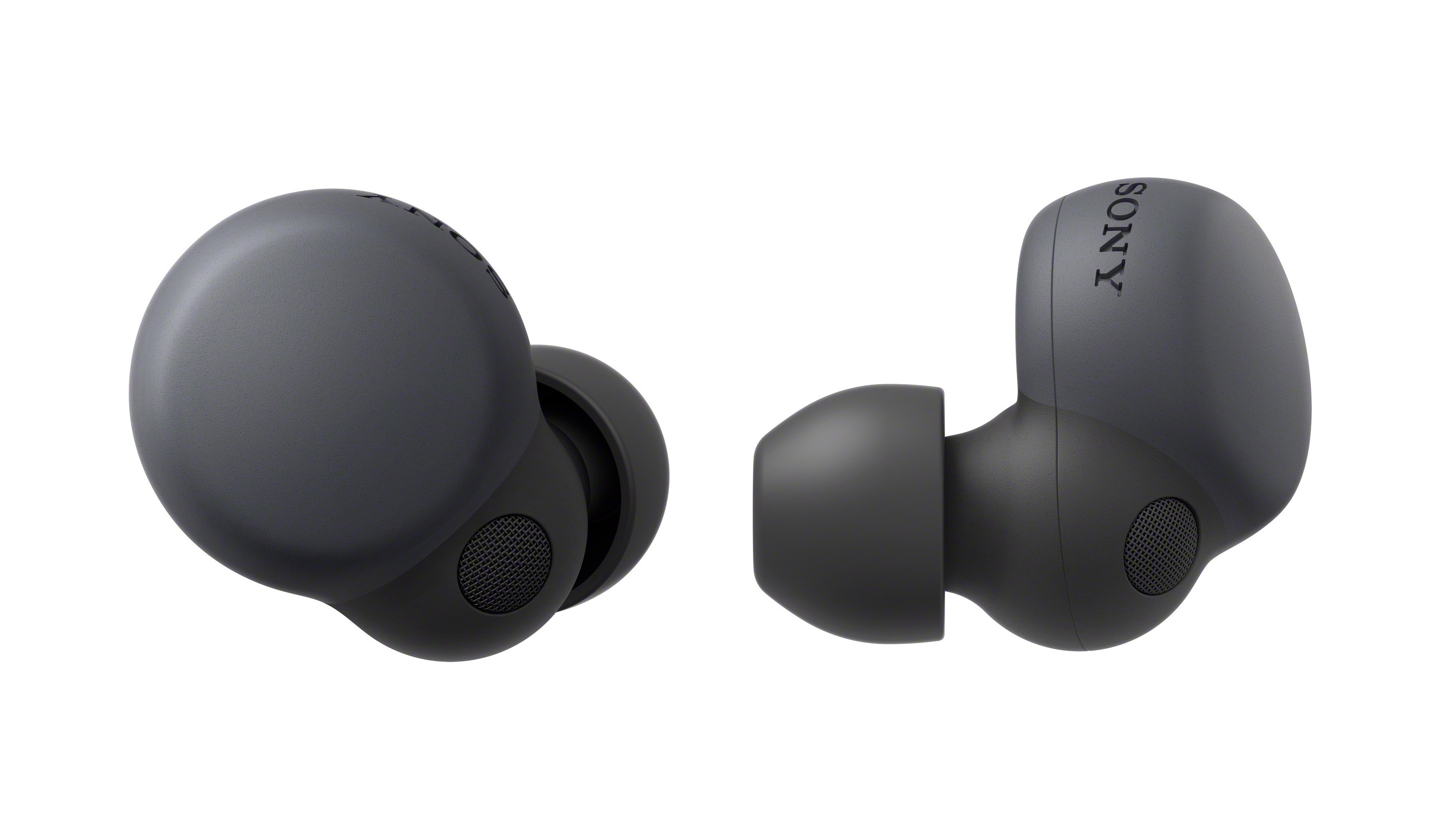
While they might look quite different, the LinkBuds and LinkBuds S are still part of the same range and, as such, share a fair few features. The biggest differentiator between the two in the features department is that the LinkBuds S feature noise cancellation while the standard LinkBuds do not. That means you can flit between letting in outside sound, and shutting it down altogether.
The LinkBuds S support Sony's LDAC Bluetooth codec for higher quality listening, while the standard LinkBuds do not.
And more or less, that's the 'spot the difference' complete here. Both pairs use the same Integrated V1 processor as the XM4, along with the same DSEE (Digital Sound Enhancement Engine) technology to help restore quality lost in compressed digital music.
They also both aim to make calls clearer, with Clear Call with AI. This is a noise-reduction system designed to reduce outside interference, meaning both your voice and that of the person you're calling take centre stage.
Speak-to-Chat makes a welcome appearance on both pairs too. With this feature, all you have to do is start speaking and the earbuds pause the music, so you can have a conversation without taking them out.
Adaptive Sound Control adjusts ambient sound settings depending on your environment, so they can compensate for any increase in background noise before dropping back to the original volume level. That way, your surroundings can blend into your music without crowding it out.
Sony LinkBuds S vs LinkBuds: sound quality
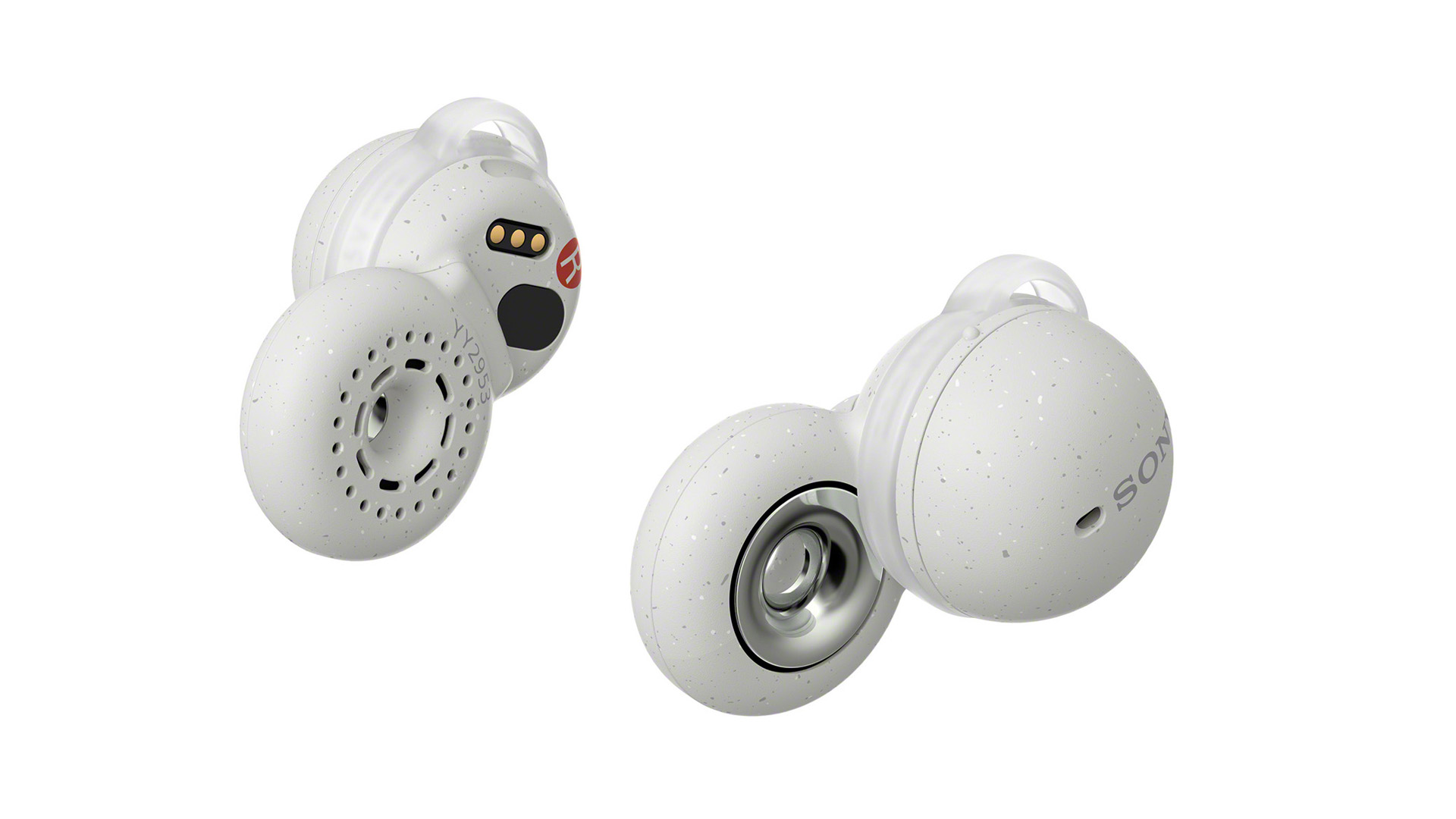
With outside noise allowed in, the standard LinkBuds can lack a bit of sonic heft at times. The low end takes a bit of searching out, but it's there alright. It's just that plenty of rivals offer more. The same goes for dynamic expression.
But elsewhere they're solid performers. The LinkBuds' sound maintains a fine sense of balance, with mids and highs nicely integrated without sticking out. The 12mm ring driver creates a huge, spacious soundstage that's a world away from the traditional closed experience offered by most in-ears – and that is really their main sonic benefit.
There's also a satisfying level of detail, though this will be lost in noisier environments. For anything you really want to listen to closely, we would advise a quiet setting.
If the LinkBuds could up the ante in dynamic and bass performance a couple of notches, these four-star performers would be arguably knocking on the door of that fifth star.
We haven't tested the LinkBuds S yet so cannot comment on their sound quality at this time. They offer a 5mm driver, which is smaller than the original LinkBuds' 12mm. But they should need less oomph thanks to the addition of noise-cancelling, which should render background noise null and void. We imagine they'll reign back on the openness and offer a little more heft, so who knows, they could strike an overall better, best-of-both-worlds balance.
Sony LinkBuds S vs LinkBuds: verdict
The LinkBuds were something of a revelation when they launched earlier this year. While the LinkBuds S might lack quite the extreme 'open' approach and eye-catching aesthetic of the originals, they do look to offer a better balance between an open and closed design; something that may well be a more rounded-out offering yet still stand apart from the crowd. Of course, they take the tech on a step, too, adding noise-cancellation and support for Sony's LDAC Bluetooth codec.
We shall have to wait until we have gone twelve rounds with them before we can comment on the crucial aspects of sound quality and comfort. But for now, we're no less excited to see where Sony is taking the idea than when we reviewed the originals.
MORE:
Another Sony buds face-off: Sony LinkBuds vs WF-1000XM4: which Sony wireless earbuds are better?
Our roundup of the best AirPods alternatives you can buy
Should you buy the older XM3 for less? Here's our Sony WF-1000XM4 vs WF-1000XM3 lowdown
Get the What Hi-Fi? Newsletter
The latest hi-fi, home cinema and tech news, reviews, buying advice and deals, direct to your inbox.
Joe has been writing about tech for 20 years, first on staff at T3 magazine, then in a freelance capacity for Stuff, The Sunday Times Travel Magazine (now defunct), Men's Health, GQ, The Mirror, Trusted Reviews, TechRadar and many more. His specialities include all things mobile, headphones and speakers that he can't justifying spending money on.

